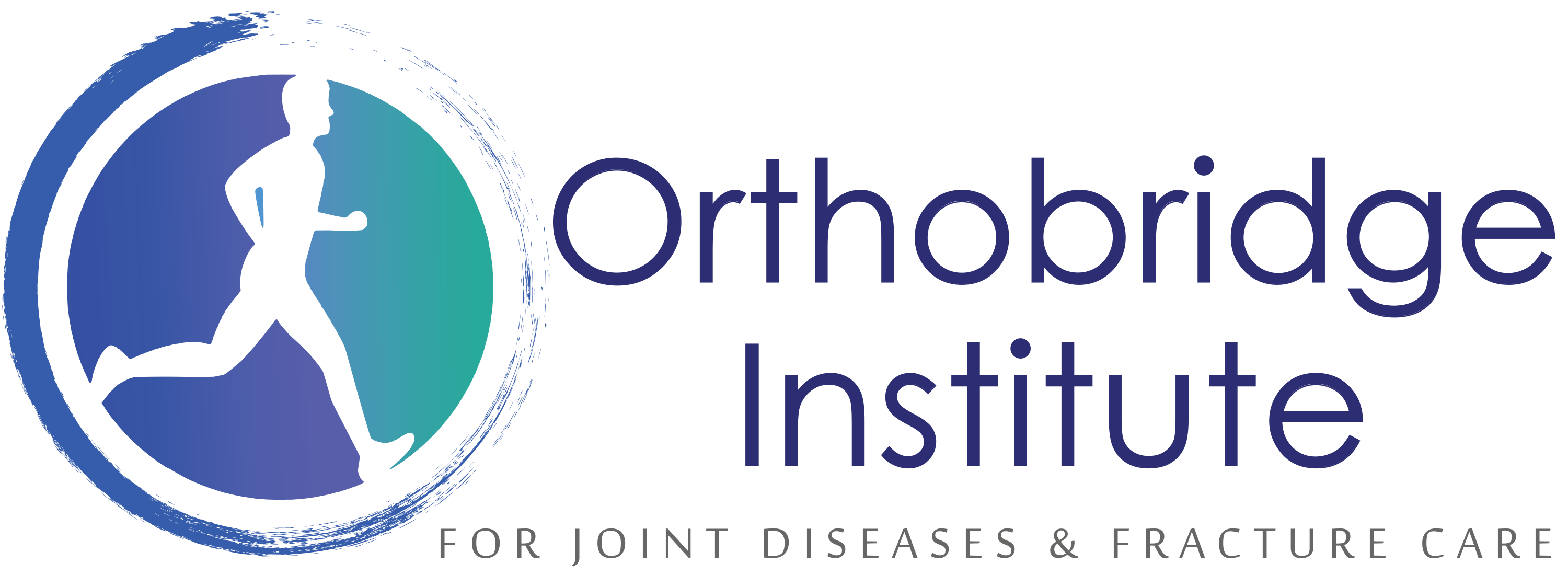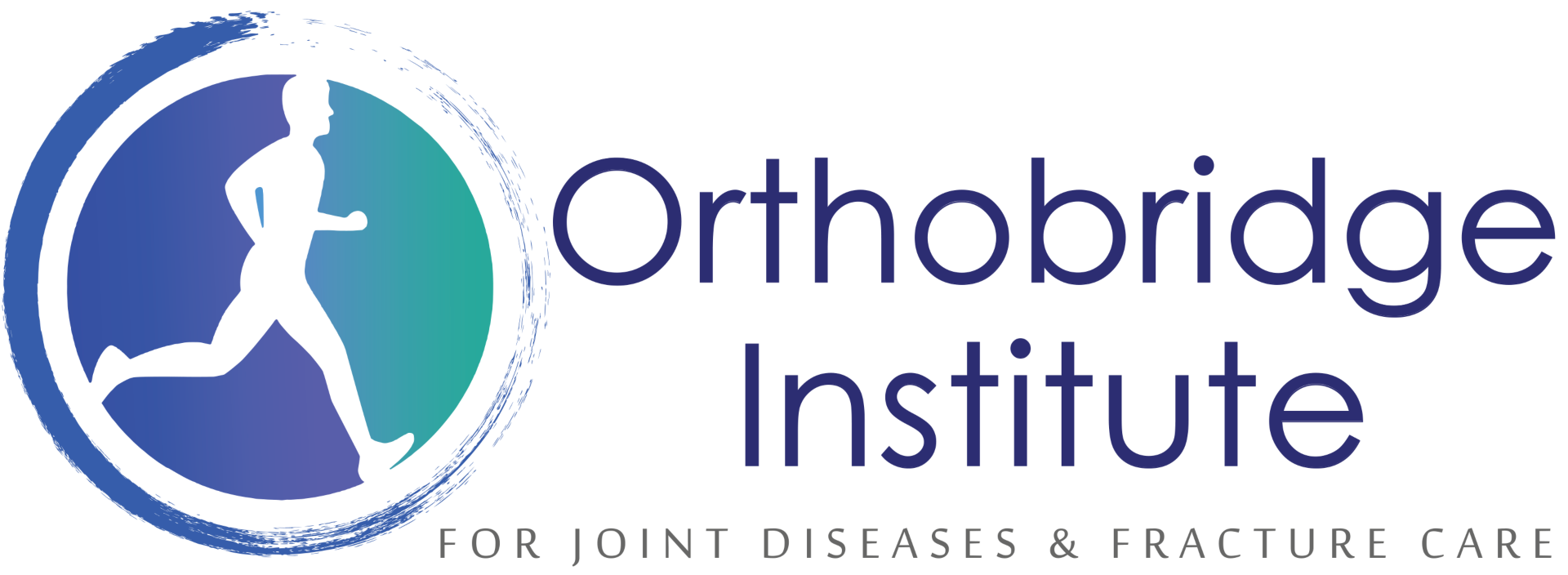Hip Fracture
Learn more about some common hip fracture here we treat at Orthobridge Orthopedic Centre.
Hip Fracture Care in Kenya
A hip fracture is a break in the thighbone (femur) of your hip joint. Joints are areas where two or more bones meet. Your hip joint is a “ball and socket” joint, where your thigh bone meets your pelvic bone. The ball part of your hip joint is the head of the thighbone. The socket is a cup-like structure in your pelvic bone. This is called the acetabulum. Hip fracture is a serious injury and needs immediate medical attention.
Hip fracture is most frequently caused after minor trauma in elderly patients with weak bones, and by a high-energy trauma or serious injuries in young people. Long-term use of certain medicines, such as bisphosphonates to treat osteoporosis (a disease-causing weak bones) and other bone diseases, increases the risk of hip fractures.

Signs and symptoms of hip fracture include:
>>> Outward or inward turning of the foot and knee of the injured leg
>>> Discomfort while rotating the hip
>>> Swelling and tenderness
>>> Pain in the groin or outer upper thigh
Preventive measures include taking enough calcium every day. If you are a woman at menopause, you should consider having a bone density test. This measures your bone mineral content and the thickness of your bone. This measurement can indicate decreased bone mass. This is a condition in which your bones are more brittle and more prone to break or fracture easily. A bone density test is used primarily to diagnose osteoporosis and to determine fracture risk.
How to prevent a hip fracture.
- Visiting an ophthalmologist every year to have vision checked and vision loss treated
- Eating a diet rich in vitamin D and calcium, including milk, cottage cheese, yogurt, sardines, and broccoli
- Taking medicines as prescribed by your healthcare provider to prevent bone loss
- Not drinking too much alcohol
- Keeping objects, such as electrical cords, off the stairs and floors to prevent falls
Hip fractures can be corrected and aligned with non-operative and operative methods:
Traction may be an option to treat your condition if you are not fit for surgery. Skeletal traction may be applied under local anaesthesia, where screws, pins and wires inserted into the femur, and a pulley system is set up at the end of the bed to bear heavy weights. These heavy weights help in correcting the misaligned bones until the injury heals.
How is a hip fracture diagnosed?
In addition to a complete medical history and physical exam, diagnostic procedures for hip fracture may include the following:
- X-ray. Invisible electromagnetic energy beams produce images of internal tissues, bones, and organs onto film.
- MRI. A combination of large magnets, radio waves, and a computer make detailed images of organs and structures within your body.
- CT scan. This is an imaging test that uses X-rays and a computer to make detailed images of the body. A CT scan shows details of the bones, muscles, fat, and organs. CT scans are more detailed than standard X-rays.
How is a hip fracture treated?
A fracture of your hip is generally treated with surgery. Your surgeon may use metal devices to strengthen and stabilize your joint. In some cases, they may do a partial or total hip replacement. The type of surgical repair will depend on the type of hip fracture. Your surgeon will determine the best procedure for you, based on your situation. The goal of treatment is to provide relief from pain and enable you to resume your normal activity level. Hip surgery usually requires an in-hospital stay. While in the hospital, you start doing physical therapy exercises to regain strength and range of motion in your hip. Physical therapy will continue at home or on admission to a rehabilitation facility.


